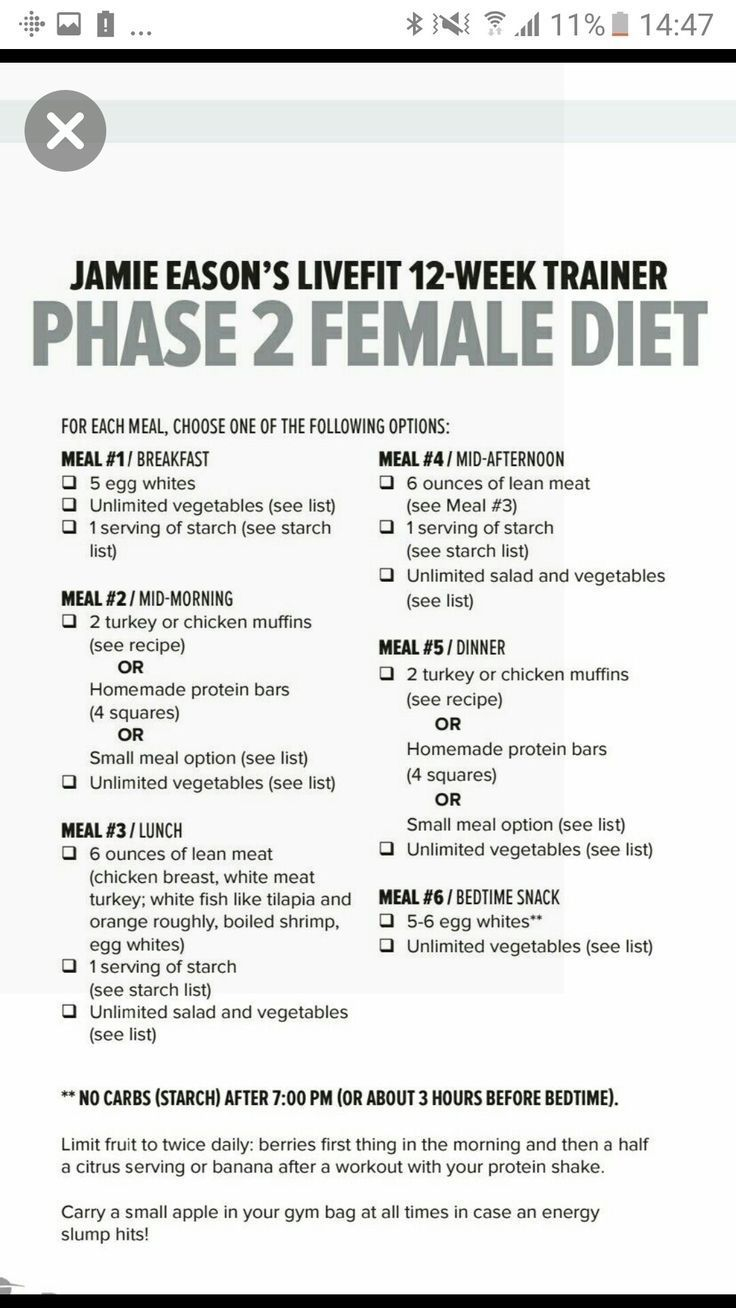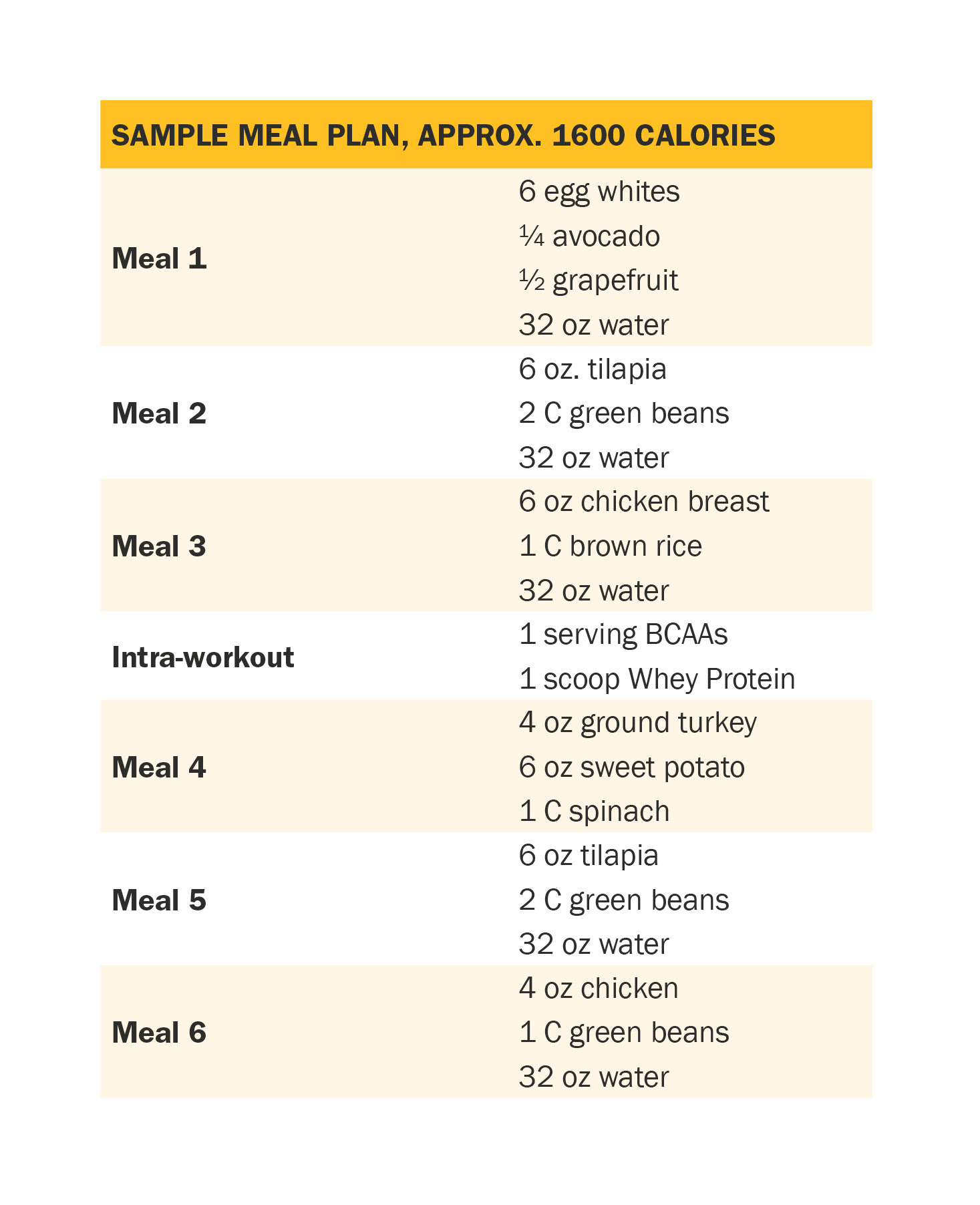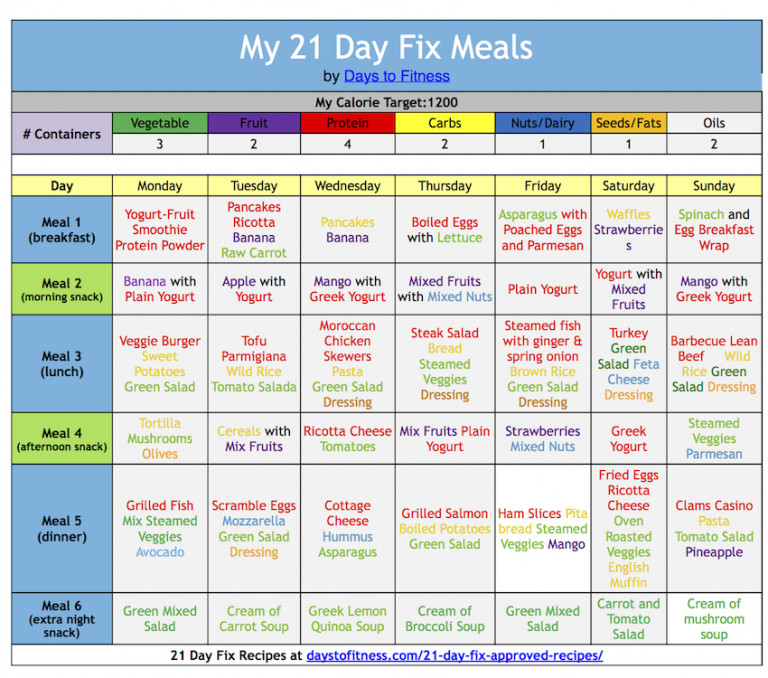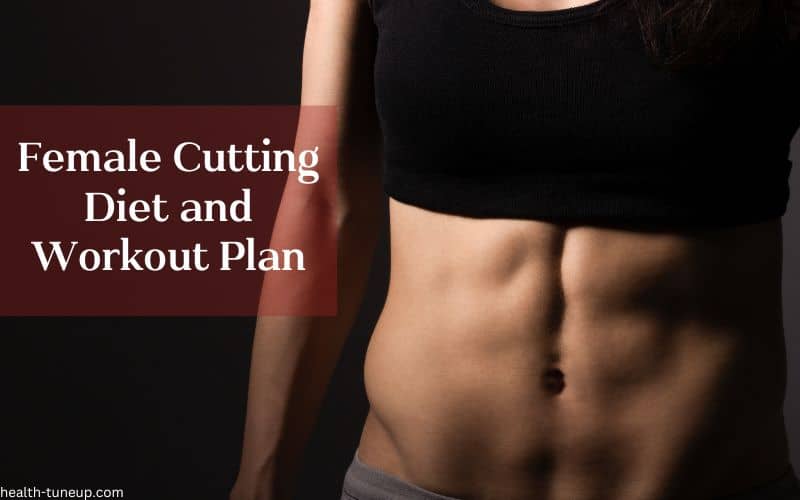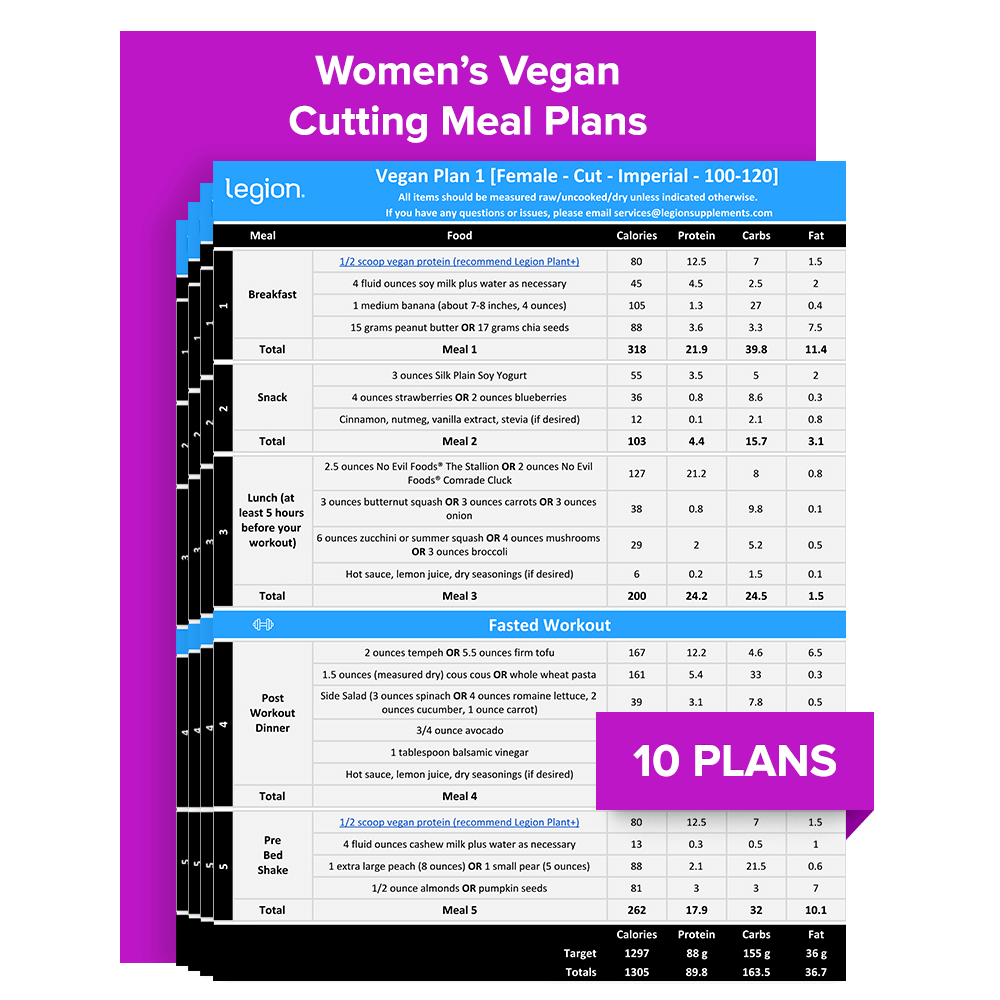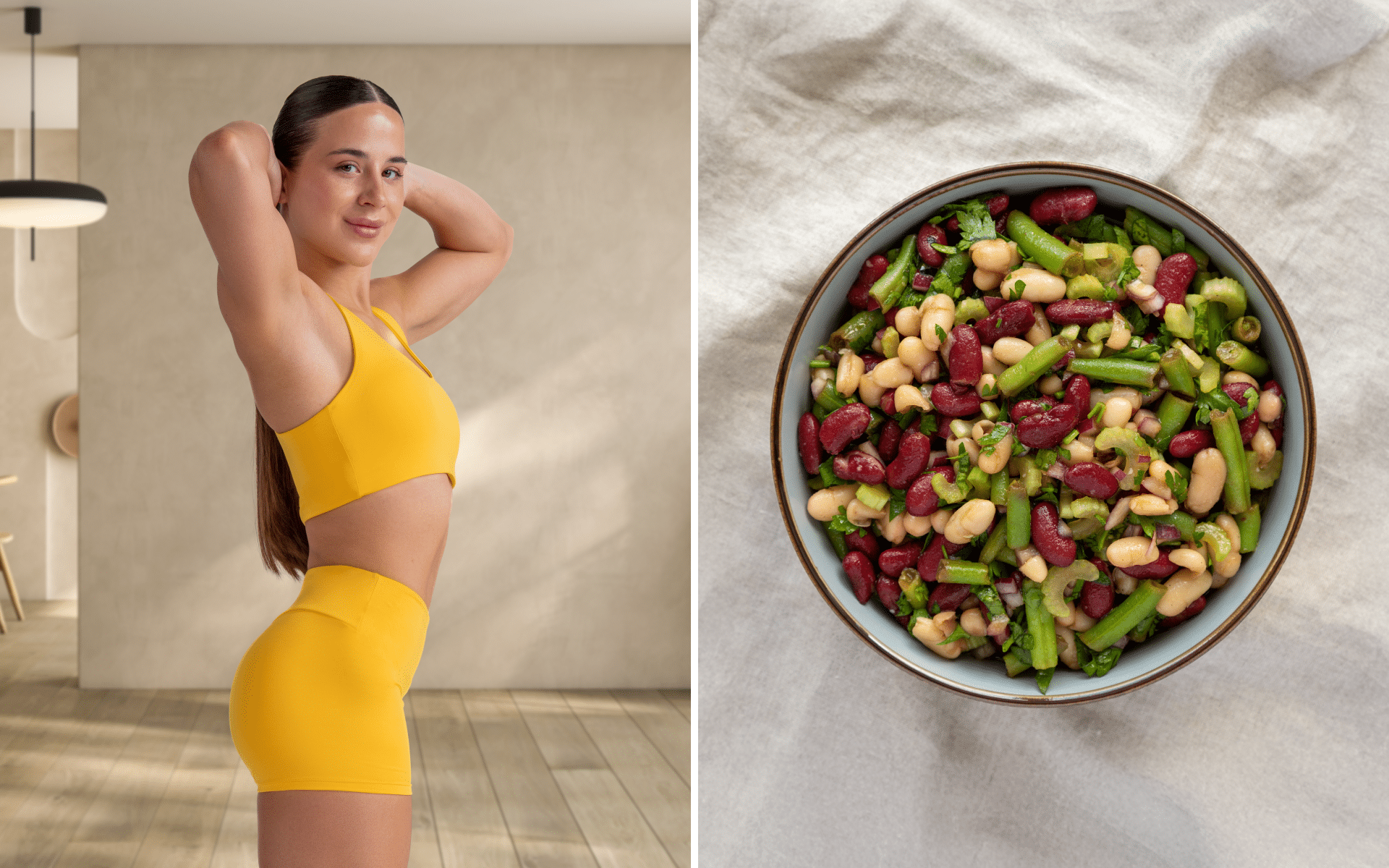Bodybuilding 12-week Cutting Diet Plan Female

The pursuit of a lean, sculpted physique is a common goal for many female bodybuilders and fitness enthusiasts. A 12-week cutting diet plan is a frequently employed strategy to achieve this, but its implementation requires careful consideration and a personalized approach.
This article explores the core components of such a plan, examining the key nutritional principles and training adjustments necessary to maximize fat loss while preserving muscle mass.
Understanding the Cutting Phase
The cutting phase is a period of calorie restriction designed to reduce body fat. It typically follows a bulking phase, where the goal is to build muscle. A successful cut balances energy deficit with adequate protein intake and strategic exercise.
The 12-week timeframe allows for a gradual and sustainable approach, minimizing muscle loss and maximizing adherence. This is especially crucial for female athletes, whose hormonal balance and metabolism can be more sensitive to drastic changes.
Key Nutritional Components
Calorie Deficit
Creating a calorie deficit is fundamental to any cutting diet. This means consuming fewer calories than the body expends. Experts generally recommend a deficit of 300-500 calories per day for safe and effective fat loss.
Individual needs vary based on factors such as age, activity level, and body composition. Calculating Basal Metabolic Rate (BMR) and Total Daily Energy Expenditure (TDEE) can provide a starting point for determining calorie needs.
Tracking calorie intake using food journals or apps is essential for monitoring progress and making necessary adjustments.
Macronutrient Ratios
Macronutrient ratios play a crucial role in preserving muscle mass during a cut. A higher protein intake is generally recommended to support muscle protein synthesis and prevent catabolism.
A common macronutrient split for a female bodybuilder during a cut is: 40-50% protein, 30-40% carbohydrates, and 20-30% fats. However, this is a starting point and must be personalized.
Lean protein sources such as chicken breast, fish, and tofu should form the cornerstone of the diet. Carbohydrates should primarily come from complex sources like oats, brown rice, and vegetables. Healthy fats, found in avocados, nuts, and olive oil, are essential for hormonal balance and overall health.
Hydration and Micronutrients
Adequate hydration is critical for optimal metabolic function and overall health. Aim for at least 8 glasses of water per day, and more during intense training sessions.
Ensuring sufficient micronutrient intake is also vital. A balanced diet rich in fruits and vegetables should provide most of the necessary vitamins and minerals. A multivitamin supplement may be considered to address any potential deficiencies.
Training Adjustments
While diet is paramount during a cutting phase, training also plays a significant role. The primary goal is to maintain muscle mass while increasing calorie expenditure.
Continuing with a consistent weightlifting routine is essential. Focus on compound exercises like squats, deadlifts, and bench presses to stimulate muscle growth and preserve lean mass. Reducing the volume slightly, while maintaining intensity, is often recommended.
Incorporating cardiovascular exercise can help increase calorie expenditure. High-intensity interval training (HIIT) and steady-state cardio are both effective options. The type and duration of cardio should be adjusted based on individual preferences and recovery capabilities.
Monitoring Progress and Making Adjustments
Regular monitoring of progress is crucial for a successful 12-week cutting diet plan. This includes tracking weight, body measurements, and body fat percentage.
Weekly weigh-ins and measurements can provide valuable data on fat loss. Body fat percentage can be assessed using various methods, such as skinfold calipers or bioelectrical impedance analysis.
Based on the data collected, adjustments to calorie intake, macronutrient ratios, and training can be made. If progress stalls, a slight reduction in calories or an increase in cardio may be necessary.
Potential Impact and Considerations
A well-executed 12-week cutting diet plan can lead to significant improvements in body composition and overall fitness. However, it's important to approach this process with caution and prioritize health.
Extreme calorie restriction or excessive exercise can lead to negative health consequences, such as hormonal imbalances, nutrient deficiencies, and muscle loss. It's crucial to listen to the body and adjust the plan accordingly.
Consulting with a qualified healthcare professional or registered dietitian is highly recommended before embarking on a cutting diet plan. They can provide personalized guidance and ensure that the plan is safe and effective.
The psychological aspect of dieting should not be overlooked. Maintaining a positive mindset, practicing self-compassion, and seeking support from friends or family can greatly enhance adherence and overall well-being during the cutting phase.
Ultimately, a successful 12-week cutting diet plan for female bodybuilders requires a personalized approach, a commitment to consistency, and a focus on long-term health and sustainability.

